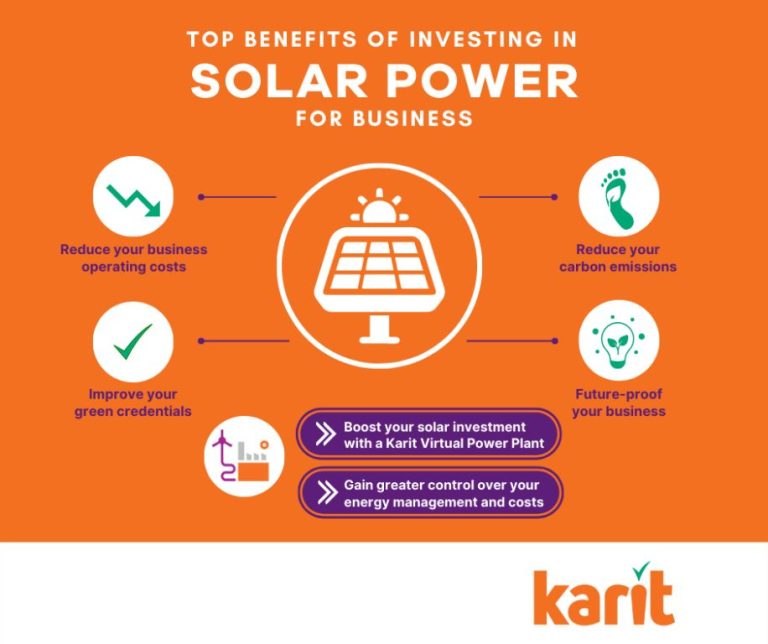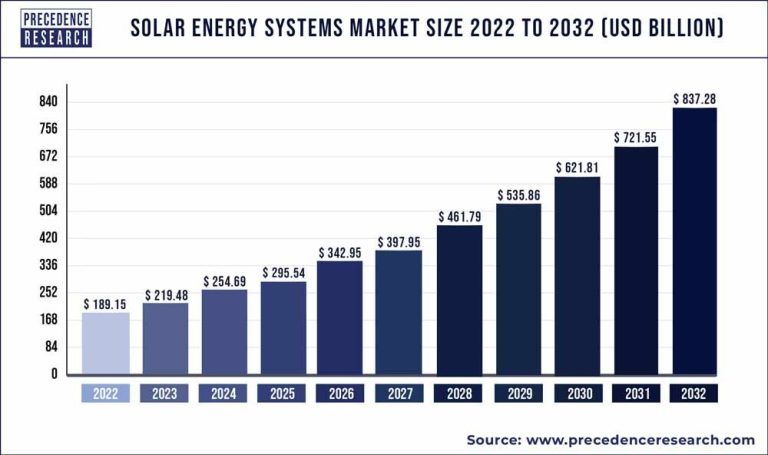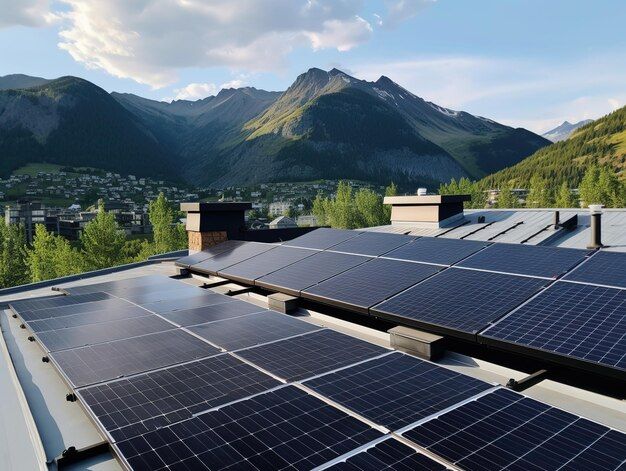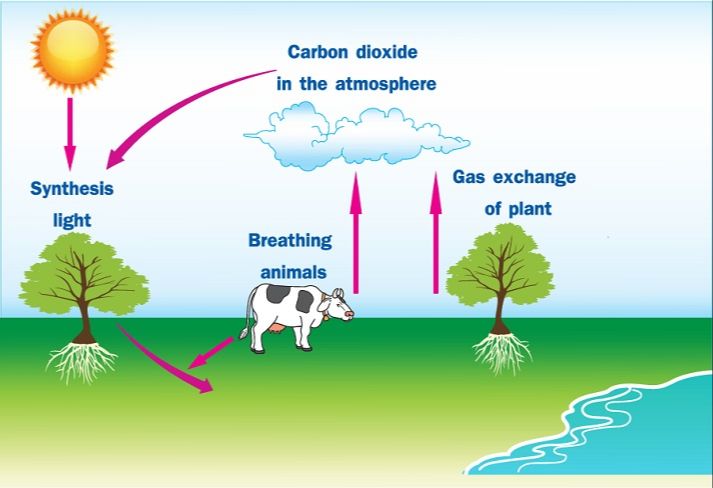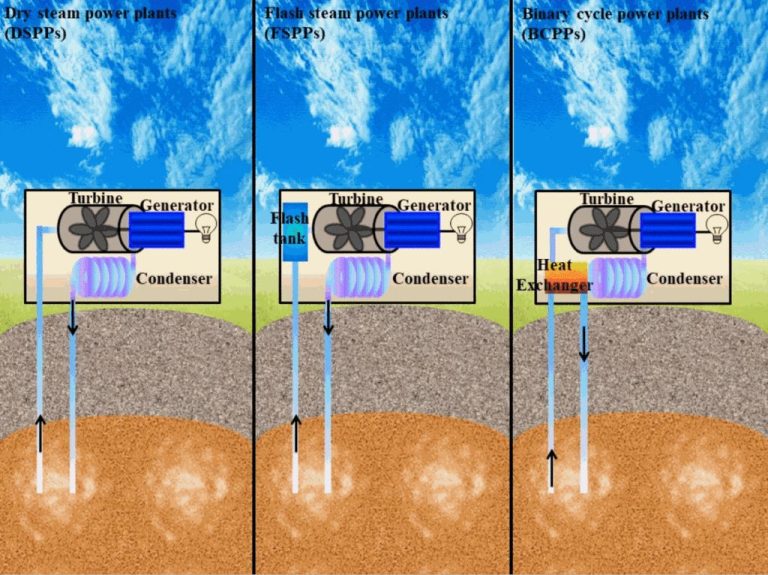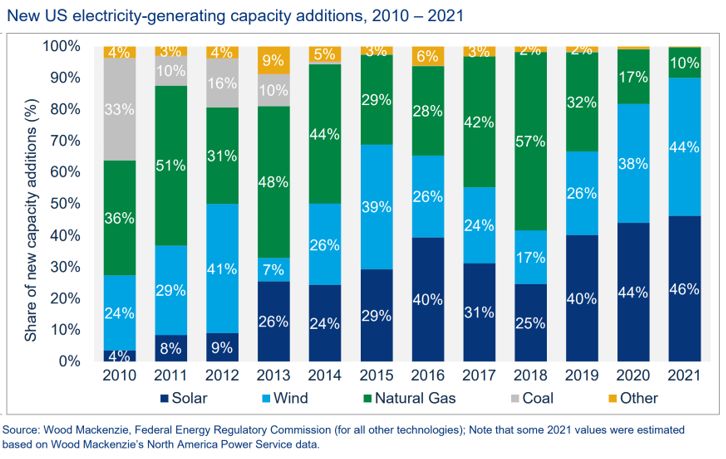Can You Name 2 Pros And 2 Cons Of Solar Energy?
Solar energy is one of the most promising renewable energy sources in the world today. It converts energy from the sun into electricity or heat using photovoltaics, concentrating solar power, or solar heating. The goal of this article is to provide a balanced perspective by discussing two pros and two cons of solar energy.
Pro: Renewable
Solar energy comes from the sun, which is a renewable resource. The amount of solar energy that hits the Earth’s surface in one hour is more than the entire world uses in a year. Because the sun will likely continue shining for billions of years, solar energy is virtually limitless and inexhaustible. This sets it apart from fossil fuels like coal, oil and natural gas, which are finite resources that will eventually run out. Solar power does not create any emissions or pollution, making it a clean and sustainable energy source. As more homes and businesses adopt solar, they become less reliant on the electric grid and traditional power plants that burn fossil fuels. Widespread use of solar supports the transition to a green economy powered by renewable energy.
Pro: Reduces Electricity Bills
Solar panels installed on rooftops or in solar farms can generate electricity that directly powers homes and businesses. This reduces the amount of electricity that needs to be purchased from the utility grid. For homeowners and businesses with solar panels, this can lead to substantial savings on their monthly electricity bills. The more solar panels installed, the greater the savings.
In many areas, surplus solar electricity generated during the day can even be fed back into the grid through net metering programs. This spins the home’s electricity meter backwards and provides bill credits. Solar system owners are only charged for their net electricity usage at the end of each billing cycle – further reducing costs.
Over the 20-25 year lifetime of a solar system, electricity bill savings often outweigh the upfront installation costs. Solar energy reduces reliance on grid electricity, which continues to rise in price over time as fuel costs increase. Locking in solar electricity rates by going solar can provide long-term savings and hedge against future rising utility bills.
Pro: Diverse Applications
Solar energy has a wide range of uses beyond just generating electricity. Solar thermal collectors can capture heat from the sun to warm water used in homes, swimming pools, or businesses. Solar-heated water can also provide space heating or be used industrially. Solar cookers use sunlight as a source of heat for cooking and pasteurization. Passive solar building design takes advantage of sunlight to provide lighting and warmth indoors. Solar lighting uses solar cells and LEDs to provide outdoor lighting without the need for electricity cabling. Concentrated solar power plants can even store solar energy in molten salt to continue generating electricity long after sunset. The diverse applications of solar power make it highly versatile for meeting both small-scale and grid-scale energy needs.

Pro: Low Maintenance
Solar panels are generally low maintenance once they are installed. Unlike other sources of energy, solar panels do not require any moving parts or fuel to generate electricity. This makes them very reliable with minimal upkeep needed. After installation, solar panels typically only require cleaning a few times per year to remove any dust, dirt or debris that may accumulate on the panels. This helps ensure they can absorb sunlight optimally. Occasional checks may be needed to make sure the panels are not shaded by trees or structures and are mounted correctly. Otherwise, the panels are designed to withstand the elements and operate reliably with very little maintenance required. Some more extensive maintenance may be needed after around 20 years to keep the panels performing efficiently. Overall, though, solar panels will generate clean energy for decades with low costs for upkeep once up and running.
Con: High Upfront Cost
Purchasing and installing solar panels has a high upfront cost. The average cost to install a home solar panel system ranges from $15,000 to $25,000, depending on the size of your home and electricity usage. This cost is significantly higher than continuing to get your electricity from the existing power grid.
While solar panels can save you money on electricity bills over time, the initial investment is steep. Most homeowners take out loans to finance solar installation, adding interest payments to the overall cost. Even with federal and state incentives that reduce the upfront cost, it still requires a major financial commitment to switch to solar energy.
Con: Weather Dependence
One of the main downsides of solar energy is its dependence on sunny weather conditions. Solar panels need direct sunlight to effectively generate electricity. On cloudy days, the output of solar panels can decrease by 50-80%. This variability and intermittency in power generation makes solar energy an inconsistent energy source.
In addition, solar panels do not produce any electricity at night. This limits the number of daylight hours per day during which solar electricity can be harnessed. Even in places with high solar insolation, solar power may only be available for 6-8 hours per day. This intermittency necessitates battery storage or a connection to the grid for electricity supply when the sun is not shining. Relying completely on solar power requires carefully assessing the impacts of weather variability on energy production.
Con: Large Land Area
One of the drawbacks of utility-scale solar power is that solar farms require large open spaces with consistent sunlight in order to generate electricity efficiently. Solar panels only work when exposed to sunlight, so they need to be spread over a large area to capture enough of the sun’s energy throughout the day.
Solar farms typically need around 5-10 acres of land per megawatt of power capacity. So a 100 megawatt solar farm would require 500-1000 acres of open land. And even larger solar farms can spread over thousands of acres.
This makes solar power impractical for dense urban areas, where lack of space is an issue. Solar farms end up occupying what could otherwise be productive farmland or wildlife habitats. The large footprint can disrupt ecosystems and landscapes if not properly managed.
However, solar panel efficiency is improving over time, allowing more energy to be produced from the same amount of space. More panels can be installed on roof tops and over parking lots and other structures. So while land usage remains a drawback, technology advances are helping to mitigate this issue.
Con: Contains Some Toxic Materials
While solar energy is clean and renewable once installed, some components of solar panels do contain toxic materials. Solar cells are typically made of silicon and other semiconductor materials such as cadmium telluride. The manufacturing process also involves some hazardous chemicals. Additionally, the electrolyte used in dye-sensitized solar cells can contain volatile organic compounds.
These toxic materials do not pose a risk when the panels are in normal operation. However, proper recycling and disposal is crucial to avoid release of chemicals into the environment. If solar panels end up in landfills, the toxic materials could leach into the soil and groundwater over time.
Responsible solar companies will provide recycling or take-back programs to ensure old solar panels are disposed of safely. Consumers also need to do their part by researching panel disposal before installation. While containing some toxic components, the environmental and health risks of solar panels are still far lower than fossil fuel energy sources if handled properly at end of life.
Conclusion
In reviewing the main pros and cons of solar energy, it’s clear there are compelling arguments on both sides. The renewable nature of solar and its ability to reduce electricity bills through net metering are major benefits. Solar also has diverse applications, from small scale residential to large utility-scale solar farms, and requires little maintenance once installed.
However, the high upfront cost of solar continues to be a barrier for many homeowners and businesses. Solar generation is also heavily dependent on weather and requires large land areas for utility-scale projects. And while solar panels themselves are clean, some toxic materials are used in manufacturing and batteries for storage.
Looking ahead, solar power will likely play an increasing role in the global shift to renewable energy. Continued technological advances and falling costs will hopefully address some of the current disadvantages of solar. With proper planning and policies, solar can be scaled up responsibly while balancing its pros and cons compared to other energy sources.

